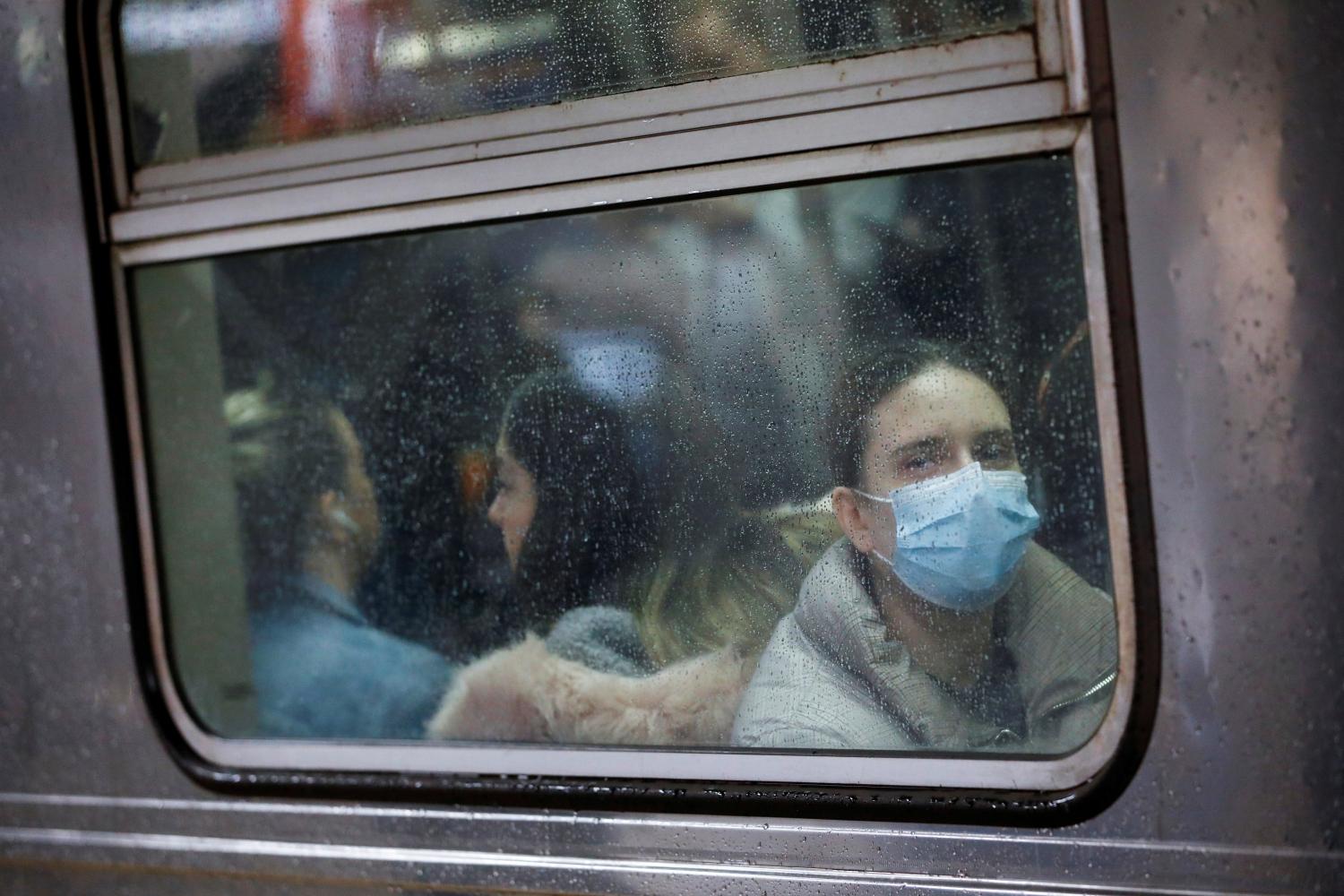The last time the country faced an economic crisis, Congress saw broadband as a significant tool to jumpstart the recovery. Central to that effort was the 2010 National Broadband Plan, which addressed three fundamental questions: (1) How does our country get broadband networks everywhere, (2) how do we get everyone on those networks, and (3) how can we use broadband to improve the delivery of health care, education, public safety, economic opportunity, and other critical services?
The most important sentence in the plan, however, did not directly answer any of those questions. Rather, it addressed how to approach implementation. “This plan is in beta and always will be,” it read. As the country continues to struggle with persistent digital divides amid a new economic crisis brought on by the COVID-19 pandemic, the ongoing need is clear.
However, the federal government has not reevaluated or updated the plan in nearly a decade. Fortunately, in early May, Senator Ed Markey (D-Mass.) introduced legislation that, if passed, would require the FCC to update the original plan.
An update is long overdue. As the executive director of the 2010 effort, I am proud of how the plan facilitated the development of the more robust broadband networks we now rely on. But our country is far from ensuring that abundant broadband is available and affordable to all, or that we are able to take full advantage of broadband’s benefits for our economy and society.
By mandating that the FCC assess the United States’ progress against the goals of the original plan, Sen. Markey’s legislation would accelerate our progress toward those goals. In addition, the legislation adds two more important requirements:
First, it tells the FCC to assess what COVID-19 has taught us about how Americans can use broadband to learn, work, receive medical information and treatment, and participate in civic communications. Right now, Americans are more dependent on broadband access than ever. The country is much better off in this regard than we would have been 10 years ago, but not as prepared as we need to be. Sen. Markey’s legislation correctly obligates the FCC to analyze the gaps revealed by the pandemic and develop policies to close them.
Second, the proposed legislation imposes genuine, ongoing accountability by directing the FCC to provide annual reports on the progress of achieving the updated plan’s goals. The 2010 plan called on the FCC to “publish a Broadband Performance Dashboard with metrics designed to track broadband plan goals,” but the agency did not do so. A congressional mandate to provide tracking is a much better enforcement mechanism than an internal recommendation.
Our country is far from ensuring that abundant broadband is available and affordable to all, or that we are able to take full advantage of broadband’s benefits for our economy and society.
Whoever takes on the task of writing an updated plan will, in some ways, operate in a more hospitable environment than a decade ago. When we were writing the original plan, there was no political consensus that universal broadband was an important policy priority. Now there is—as The Wall Street Journal reported last month, the COVID-19 crisis “is boosting momentum for major broadband legislation, highlighting the widespread lack of high-speed internet in U.S. homes at a time when it has become more essential than ever. Leading lawmakers of both parties say the long-delayed issue of closing the so-called digital divide is gaining new prominence, as Washington weighs initiatives to help speed economic recovery and improve U.S. competitiveness.”
In other ways, however, the task will be harder for the next team. We wrote the 2010 plan in an environment in which nearly everyone thought of broadband as being largely positive. While we raised some potential downsides, we largely focused on incentives to do more, rather than constraints on negative activities. Any plan written today would have to reflect on the fact that while the upside of using broadband is greater than ever, those downsides—such as the loss of privacy and risks related to cybersecurity—must be addressed.
Another challenge for an updated plan will be to address international competition and legal interconnectivity. In 2010, one could reasonably believe that when it came to technology, applications, and regulation, the United States was the dominant internet actor and would continue to be. That is no longer true. Any plan now must acknowledge the global popularity of non-U.S.-based applications, regulatory efforts such as the European Union’s privacy law, the limited number of network equipment manufacturers for issues such as cybersecurity, and the potential ramifications of the bifurcation of the internet between China and America, among others.
One challenge from 2010 that I suspect will be shared by the next effort is whether Congress will have an appetite for new expenditures when the plan is completed. There are two big ticket items that would likely follow from any update. First, the new plan would have to address financing deployments in unserved rural areas. Second, the update should support governments at all levels in upgrading their IT facilities to assure the systems can handle surges in broadband demand, such as we have seen during the pandemic. All government services must be available online; waiting in line at an office or filling out paper forms should be historic relics, and not the way people in need obtain help from the government any longer.
Any plan written today would have to reflect on the fact that while the upside of using broadband is greater than ever, those downsides—such as the loss of privacy and risks related to cybersecurity—must be addressed.
When we wrote the original broadband plan, we were advised not to consider options that required significant new congressional expenditures. That was good political advice, but limited the tools available to address the problems we saw. I hope the next plan will not be so constrained.
Regardless of the challenges, updating the National Broadband Plan and incorporating lessons from the COVID-19 stress test is worth doing. As then-Treasury Secretary Timothy Geithner said during the Obama administration, “Plan beats no plan.” It was true then, and it is true today.
I hope Congress passes Sen. Markey’s legislation to give us the broadband plan we need now. And I hope the effort learns from similar initiatives in the states, such as the one New York Governor Andrew Cuomo has assigned former Google CEO Eric Schmidt to lead. As we knew 10 years ago, and as the COVID-19 situation has made painfully clear, our country must ensure that access to abundant, affordable bandwidth facilitates—and never constrains—economic growth or social progress. We have made progress, but we need to update our thinking on how to keep moving forward. The beta test should continue.
The Brookings Institution is committed to quality, independence, and impact.
We are supported by a diverse array of funders. In line with our values and policies, each Brookings publication represents the sole views of its author(s).







Commentary
COVID-19 shows that America’s broadband plan is still in beta
May 18, 2020